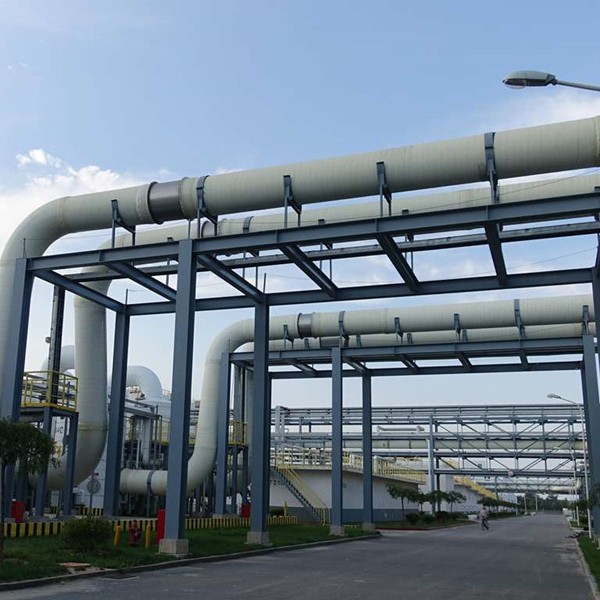
-
 Afrikaans
Afrikaans -
 Albanian
Albanian -
 Amharic
Amharic -
 Arabic
Arabic -
 Armenian
Armenian -
 Azerbaijani
Azerbaijani -
 Basque
Basque -
 Belarusian
Belarusian -
 Bengali
Bengali -
 Bosnian
Bosnian -
 Bulgarian
Bulgarian -
 Catalan
Catalan -
 Cebuano
Cebuano -
 China
China -
 China (Taiwan)
China (Taiwan) -
 Corsican
Corsican -
 Croatian
Croatian -
 Czech
Czech -
 Danish
Danish -
 Dutch
Dutch -
 English
English -
 Esperanto
Esperanto -
 Estonian
Estonian -
 Finnish
Finnish -
 French
French -
 Frisian
Frisian -
 Galician
Galician -
 Georgian
Georgian -
 German
German -
 Greek
Greek -
 Gujarati
Gujarati -
 Haitian Creole
Haitian Creole -
 hausa
hausa -
 hawaiian
hawaiian -
 Hebrew
Hebrew -
 Hindi
Hindi -
 Miao
Miao -
 Hungarian
Hungarian -
 Icelandic
Icelandic -
 igbo
igbo -
 Indonesian
Indonesian -
 irish
irish -
 Italian
Italian -
 Japanese
Japanese -
 Javanese
Javanese -
 Kannada
Kannada -
 kazakh
kazakh -
 Khmer
Khmer -
 Rwandese
Rwandese -
 Korean
Korean -
 Kurdish
Kurdish -
 Kyrgyz
Kyrgyz -
 Lao
Lao -
 Latin
Latin -
 Latvian
Latvian -
 Lithuanian
Lithuanian -
 Luxembourgish
Luxembourgish -
 Macedonian
Macedonian -
 Malgashi
Malgashi -
 Malay
Malay -
 Malayalam
Malayalam -
 Maltese
Maltese -
 Maori
Maori -
 Marathi
Marathi -
 Mongolian
Mongolian -
 Myanmar
Myanmar -
 Nepali
Nepali -
 Norwegian
Norwegian -
 Norwegian
Norwegian -
 Occitan
Occitan -
 Pashto
Pashto -
 Persian
Persian -
 Polish
Polish -
 Portuguese
Portuguese -
 Punjabi
Punjabi -
 Romanian
Romanian -
 Russian
Russian -
 Samoan
Samoan -
 Scottish Gaelic
Scottish Gaelic -
 Serbian
Serbian -
 Sesotho
Sesotho -
 Shona
Shona -
 Sindhi
Sindhi -
 Sinhala
Sinhala -
 Slovak
Slovak -
 Slovenian
Slovenian -
 Somali
Somali -
 Spanish
Spanish -
 Sundanese
Sundanese -
 Swahili
Swahili -
 Swedish
Swedish -
 Tagalog
Tagalog -
 Tajik
Tajik -
 Tamil
Tamil -
 Tatar
Tatar -
 Telugu
Telugu -
 Thai
Thai -
 Turkish
Turkish -
 Turkmen
Turkmen -
 Ukrainian
Ukrainian -
 Urdu
Urdu -
 Uighur
Uighur -
 Uzbek
Uzbek -
 Vietnamese
Vietnamese -
 Welsh
Welsh -
 Bantu
Bantu -
 Yiddish
Yiddish -
 Yoruba
Yoruba -
 Zulu
Zulu
GRP Chimney Solutions - Durable & Lightweight Chimney Systems
Understanding the Importance of GRP Chimneys in Modern Construction
In the realm of modern construction and industrial applications, the importance of effective chimney systems cannot be overstated. Among the various materials employed for chimney construction, Glass Reinforced Plastic (GRP) has emerged as a popular choice due to its unique properties and numerous advantages. This article delves into the significance of GRP chimneys, exploring their benefits, applications, and why they are becoming increasingly prevalent in various industries.
GRP, commonly known as fiberglass, is composed of a polymer matrix reinforced with glass fibers. This composite material boasts a high strength-to-weight ratio, corrosion resistance, and durability, making it an ideal choice for chimney systems. Traditional chimney materials, such as brick, concrete, or stainless steel, may suffer from degradation over time due to exposure to harsh environmental conditions and corrosive exhaust gases. In contrast, GRP chimneys are designed to withstand these challenges, ensuring a longer lifespan and reduced maintenance costs.
Understanding the Importance of GRP Chimneys in Modern Construction
Moreover, GRP chimneys exhibit excellent thermal insulation properties. This functionality is crucial in preventing heat loss, thereby enhancing the overall energy efficiency of heating systems. By maintaining optimal temperatures within the flue, GRP chimneys minimize heat transfer, which can lead to lower energy consumption and reduced operational costs.
grp chimney

In terms of design versatility, GRP chimneys can be manufactured in various shapes and sizes to meet specific project requirements. This adaptability allows architects and engineers to integrate chimney systems seamlessly into building designs without compromising aesthetics. Additionally, the smooth internal surface of GRP chimneys reduces the buildup of soot and other residues, leading to improved airflow and enhanced performance.
Environmental considerations are increasingly influencing construction practices, and GRP chimneys align well with these sustainability goals. The production of GRP involves less energy consumption compared to traditional materials, and its longer lifespan contributes to reduced waste. Furthermore, GRP is recyclable, ensuring that it can be repurposed at the end of its life cycle, minimizing its ecological footprint.
Applications of GRP chimneys extend across various sectors, including power generation, petrochemicals, food processing, and waste management. In power plants, GRP chimneys facilitate the safe release of exhaust gases, while in the petrochemical industry, they ensure the containment of potentially harmful emissions. The versatility of GRP makes it an excellent choice for different operational conditions and industries.
In conclusion, GRP chimneys represent a forward-thinking solution in chimney design and construction. Their durability, lightweight properties, energy efficiency, and environmental benefits make them an advantageous choice for modern applications. As industries continue to evolve, the adoption of advanced materials like GRP will play a crucial role in building safer, more efficient, and environmentally friendly structures. Embracing this innovative approach not only enhances functionality but also aligns with the growing demand for sustainable construction practices.
Latest news
-
High-Quality Fiberglass Car Bodies Durable GRP Car & Boat Body SolutionsNewsJul.08,2025
-
High-Quality Fiberglass Dual Lamination Product Manufacturer Durable FRP & GRP Dual Lamination SolutionsNewsJul.08,2025
-
Rectangular Tank with Dimensions for GRP Calculation Custom Fiberglass GRP Rectangular TanksNewsJul.07,2025
-
High-Quality Fiberglass Weir Custom FRP Weir & Fiberglass Tanks ManufacturerNewsJul.07,2025
-
CPVC FRP Pipe A Reliable Choice for Industrial Applications High Strength & Corrosion ResistanceNewsJul.07,2025
-
Fiberglass Scrubber for Effective Cleaning and Stain Removal – Superior Performance in Various ApplicationsNewsJul.06,2025









